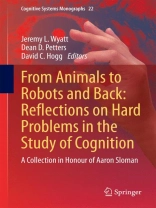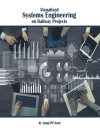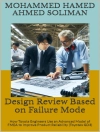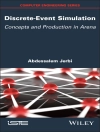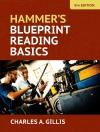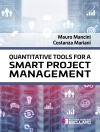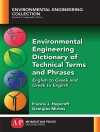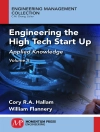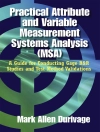Cognitive Science is a discipline that brings together research in natural and artificial systems and this is clearly reflected in the diverse contributions to From Animals to Robots and Back.
In tribute to Aaron Sloman and his pioneering work in Cognitive Science and Artificial Intelligence, the editors have collected a unique collection of cross-disciplinary papers that include work on:
· intelligent robotics;
· philosophy of cognitive science;
· emotional research
· computational vision;
· comparative psychology; and
· human-computer interaction.
Key themes such as the importance of taking an architectural view in approaching cognition, run through the text. Drawing on the expertize of leading international researchers, contemporary debates in the study of natural and artificial cognition are addressed from complementary and contrasting perspectives with key issues being outlined at various levels of abstraction.
From Animals to Robots and Back, will give readers with backgrounds in the study of both natural and artificial cognition an important window on the state of the art in cognitive systems research.
Tabla de materias
Bringing together different pieces to better understand whole minds.- Aaron Sloman: A bright tile in AI’s mosaic.- Losing Control Within the H-Cogaff Architecture.- Acting on the world: understanding how agents use information to guide their action.- A Proof and some Representations.- What Does it Mean to Have an Architecture.- Virtual Machines: Non-Reductionist Bridges between the Functional and the Physical.- Building for the Future: Architectures for the Next Generation of Intelligent Robots.- What vision can, can’t and should do.- The rocky road from Hume to Kant: correlations and theories in robots and animals.- Combining planning and action, lessons from robots and the natural world.- Developing expertise with objective knowledge: Motive generators and productive practice.- From Cognitive Science to Data Mining: The first intelligence amplifier.- Modelling user linguistic communicative competences for individual and collaborative learning.- Loop-closing semantics.
